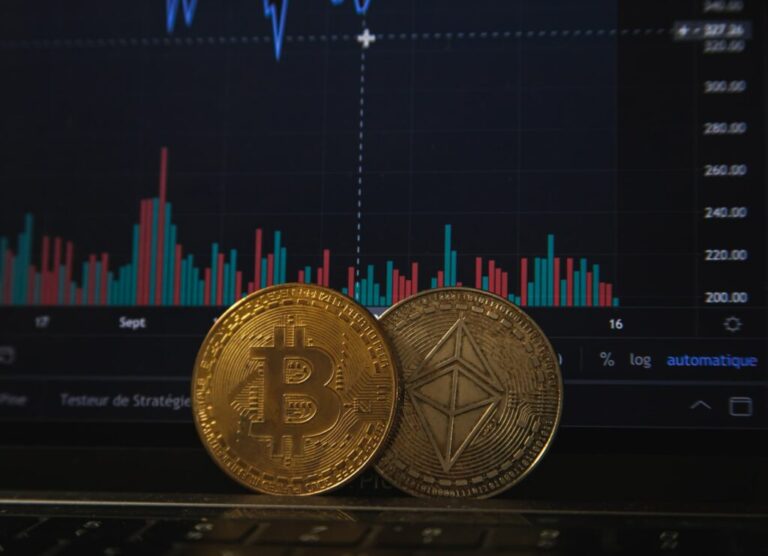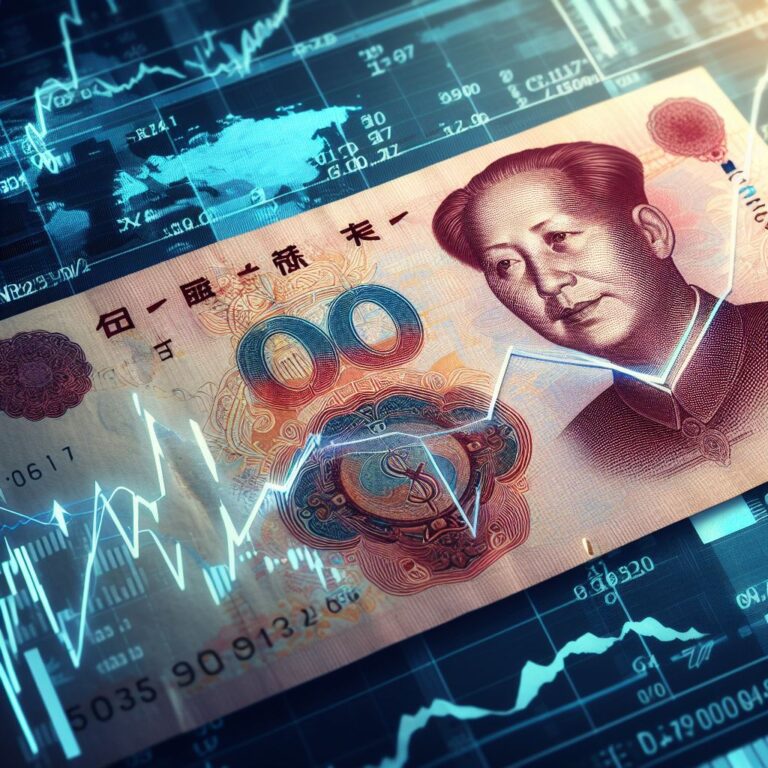Australia’s Treasury presented a draft law establishing licensing and custody requirements for companies that provide bitcoin assets.
Following the approval of this law, exchanges will have a year to adapt to the new system.
The earliest a platform for Australian digital assets might obtain a license under this suggested framework is probably 2025.
The idea was previously expected to be published in the middle of 2023 after being announced in February, however the most recent statement differs from a prior token mapping survey.
The method by which the fundamental features of cryptocurrency goods are in accordance with already-existing regulatory requirements is defined by token mapping.
According to Michael Bacina, a digital asset lawyer at Piper Alderman, “Australia has been waiting for certainty over digital asset regulation so it can seek to catch up with the rest of the world.”
Bacina emphasized the suggested strategy’s focus on the needs of the customer and its ability to govern previously unregulated industries, such as non-fungible tokens.
According to a recent suggestion, cryptocurrency exchanges should apply for an Australian Financial Services license from the Australian Securities and Investments Commission if they hold more than AUD 1,500 ($946) for any one client or more than AUD 5 million ($3.15 million) in total assets.
The paper, which responds to 32 thematic questions, requests written comments by December 1, 2023.
Swyftx General Counsel Adam Percy praised the government’s “thoughtful” approach that encourages “room for innovation” and emphasized his wish for a balanced regulatory environment for both national and international crypto platforms.
Additionally, Dr. Brad Jones from the Reserve Bank of Australia highlighted that a joint report between the Treasury and the Reserve Bank of Australia is scheduled for release in the middle of 2024 and would throw light on central bank digital currency (CBDC) research in Australia.
Notably, Australia had previously delayed any CBDC-related decisions because of difficulties experienced during the trial phase earlier in the year.








































